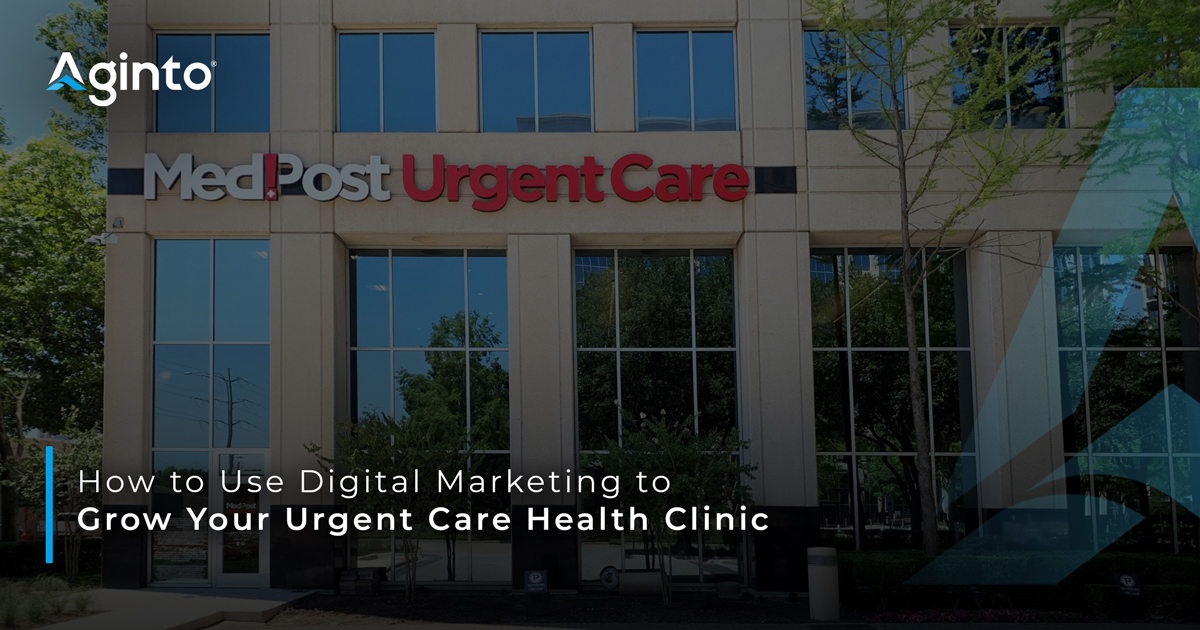Leading Tips for Choosing the Right Clinic for Your Urgent Care Demands
Leading Tips for Choosing the Right Clinic for Your Urgent Care Demands
Blog Article
Understanding the Duty of Urgent Treatment in Offering Timely Treatment for Non-Life-Threatening Problems
Urgent treatment facilities have arised as an important component of the medical care landscape, dealing with the immediate needs of individuals with non-life-threatening conditions. Comprehending the subtleties of urgent care can considerably influence client end results and the overall effectiveness of medical care delivery.
What Is Urgent Treatment?
Immediate care refers to a category of clinical services developed to attend to non-life-threatening problems that need prompt focus. These facilities work as an intermediary between medical care medical professionals and emergency clinic, using a practical option for people who need timely treatment without the extensive waiting times commonly associated with emergency departments.
Immediate treatment facilities are commonly staffed by clinical professionals, including physicians, nurse specialists, and doctor aides, that are educated to detect and deal with a vast array of conditions. Typical solutions provided by these centers include treatment for minor injuries, health problems, and infections, as well as diagnostic tests such as X-rays and lab work.
The availability of urgent care is a vital consider its allure, as lots of facilities run past routine workplace hours, consisting of evenings and weekends. When their key care provider might not be available, this extensive accessibility allows individuals to receive prompt care. In addition, urgent treatment centers often approve walk-in people, removing the demand for consultations. Generally, immediate treatment plays a crucial role in the medical care system, guaranteeing patients can access important clinical services quickly and successfully.

Many people may locate themselves unsure about when to look for care at an immediate care facility as opposed to a medical care medical professional or an emergency area. Immediate care is created to address non-life-threatening problems that require timely focus yet are not extreme enough to call for an emergency situation space browse through.
Typically, one need to think about immediate treatment for issues such as small cracks, sprains, cuts needing stitches, or infections like urinary system tract infections. Additionally, cool or influenza symptoms, rashes, and allergies can likewise be properly managed in this setup.
It is vital to note that immediate care is not ideal for dangerous emergencies, such as chest discomfort, trouble breathing, or severe blood loss, which necessitate prompt emergency clinic intervention.
People that lack accessibility to a health care doctor or can not safeguard a prompt consultation may additionally benefit from urgent treatment services. Eventually, comprehending when to utilize urgent treatment can result in much more efficient health care shipment, enabling individuals to obtain the ideal level of treatment based on their particular health and wellness needs.
Advantages of Urgent Care Centers
Choosing urgent care facilities for non-life-threatening problems uses several benefits that enhance person experience and accessibility. One main benefit is the lowered wait times compared to standard emergency situation rooms. Immediate care centers normally operate a first-come, first-served basis, allowing patients to receive prompt clinical attention without the lengthy hold-ups frequently linked with medical facility settings.
In addition, immediate treatment facilities supply extensive hours, including weekends and nights, suiting individuals with varying schedules. This adaptability makes sure that people can look for treatment when it is most practical for them, even more promoting prompt intervention.

Moreover, these facilities commonly provide an extensive series of services, including diagnostic tests and minor treatments, all under one roofing system. This loan consolidation of solutions not just improves the individual experience yet likewise fosters an extra natural strategy to handling non-life-threatening health and wellness problems, ultimately benefiting overall individual outcomes.
Typical Conditions Dealt With
At urgent treatment centers, a range of non-life-threatening problems can be effectively dealt with, providing people with easily accessible and timely medical support. These facilities are particularly skilled at attending to issues that need timely focus yet do not present an immediate danger to life or arm or leg.
Usual problems dealt with at urgent treatment centers include minor injuries such as pressures, fractures, and strains. Immediate care facilities are geared up to perform essential diagnostic tests, such as X-rays and lab examinations, allowing them to provide thorough care.
Additionally, urgent treatment suppliers go to my site can administer vaccinations, aiding to avoid the spread of infectious illness - Urgent Care. They also use services for minor procedures, such as suturing wounds or draining pipes abscesses. By using these varied solutions, urgent care centers play an essential role in bridging the gap between medical care and emergency services, ensuring individuals obtain prompt therapy for a wide range of conditions without the requirement for lengthy wait times commonly related to emergency clinic
Just How Urgent Care Supports Health Care System
Immediate treatment centers play a critical role in sustaining the total health care system by reducing the concern on emergency divisions and offering timely accessibility to clinical treatment for non-life-threatening problems. By dealing with instances such as minor injuries, infections, and diseases, urgent treatment centers allow emergency departments to focus on more crucial patients needing prompt focus.
Furthermore, urgent treatment facilities boost health care access, using extensive hours and an easier alternative to standard medical care settings. This access is particularly helpful for individuals who might not have a regular physician or that need instant treatment outside of regular workplace hours. Therefore, immediate treatment centers properly minimize wait times and improve individual satisfaction.
In addition, urgent care facilities add to set you back savings for both people and the medical care system by providing lower-cost solutions contrasted to emergency departments. This economic performance is vital in a period of increasing health care costs, enabling individuals to get needed care without sustaining exorbitant costs.
Verdict
Finally, urgent treatment centers play an essential function in the health care system by delivering timely therapy for non-life-threatening conditions. By visit our website bridging the space in between key treatment and emergency rooms, these centers guarantee that clients receive prompt medical interest without the extensive wait times generally connected with emergency departments. The ease of access and efficiency of immediate care facilities add significantly to easing the general burden click over here on medical care resources, improving client end results, and advertising a much more efficient healthcare shipment system.
Urgent care facilities have arised as a vital part of the health care landscape, attending to the instant demands of clients with non-life-threatening problems. Immediate treatment sees typically incur reduced out-of-pocket expenditures compared to emergency situation department check outs, making care more budget friendly for patients without compromising high quality. Immediate treatment facilities are outfitted to do needed diagnostic examinations, such as X-rays and research laboratory tests, enabling them to offer comprehensive care.
By offering these diverse services, urgent treatment centers play an important duty in bridging the void in between key treatment and emergency situation services, making certain people receive timely therapy for a vast array of problems without the requirement for long delay times normally connected with emergency situation rooms.
In addition, immediate treatment facilities boost medical care accessibility, using extensive hours and an extra hassle-free alternative to conventional primary treatment setups.
Report this page